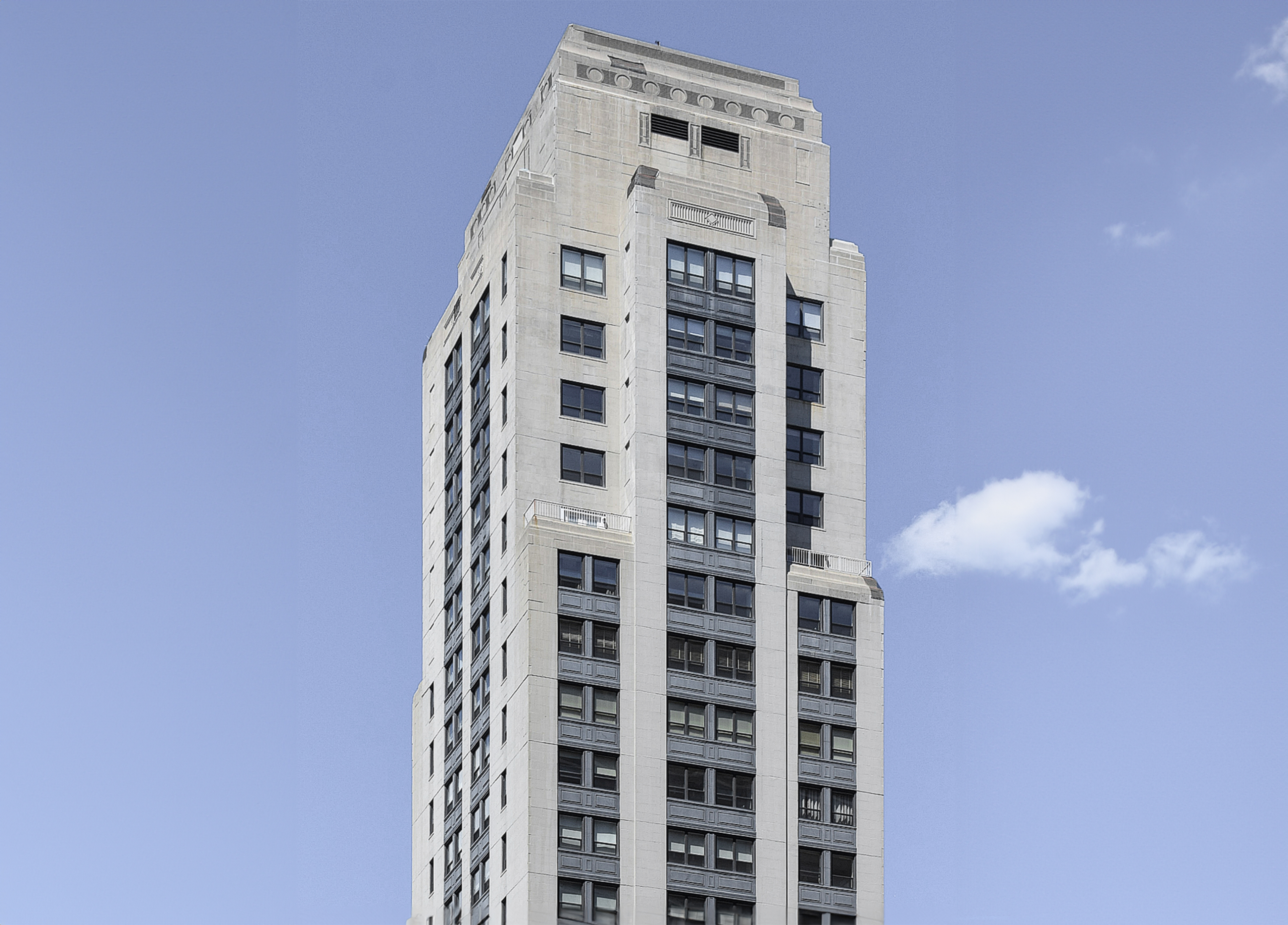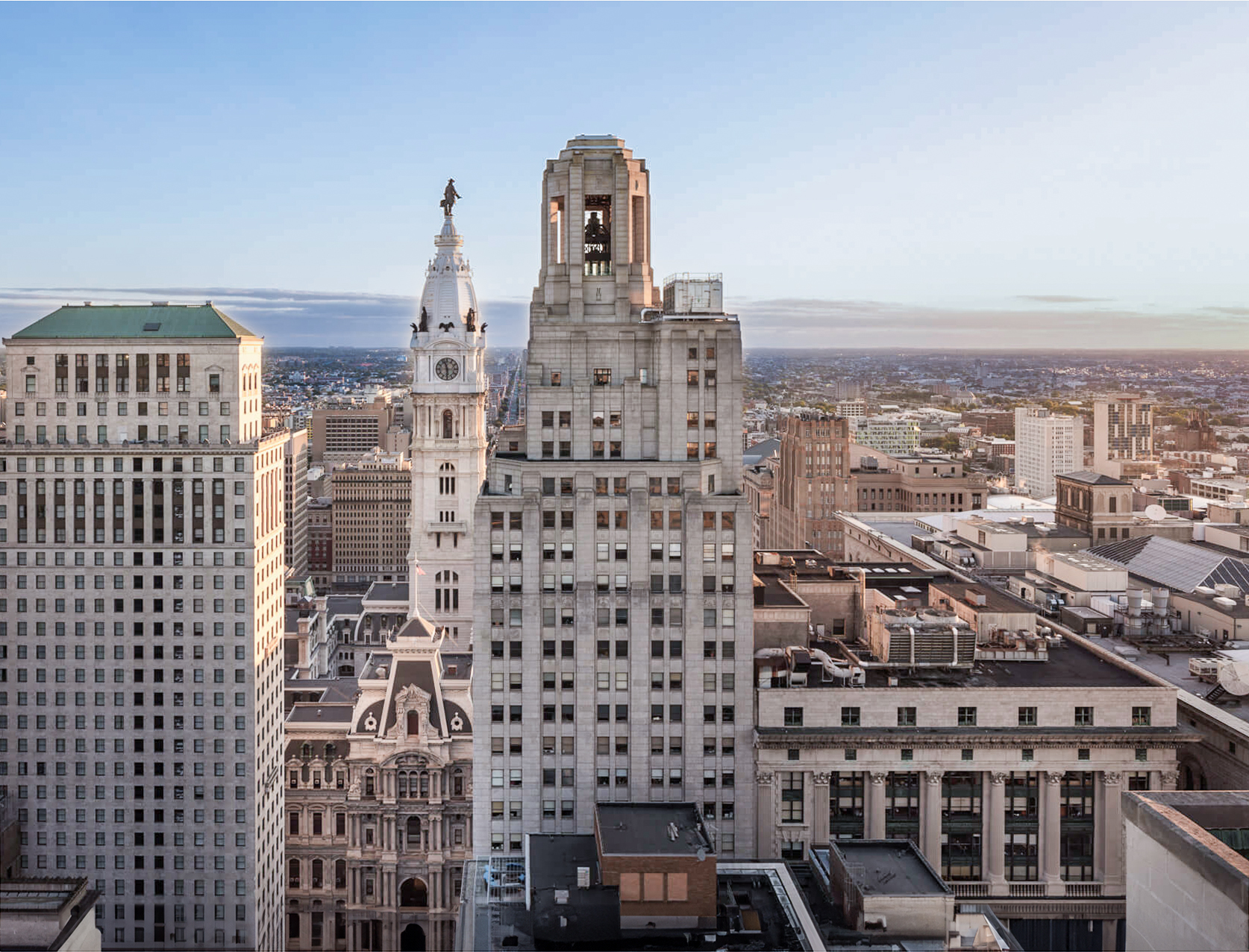The 1616 Walnut Street Building is an Art-deco skyscraper designed by Tilden, Register & Pepper, and built between 1929 and 1930 in Philadelphia, PA.
Its precise street address is 1616 Walnut Street, Philadelphia, PA. You can also find it on the map here.
The 1616 Walnut Street Building is a structure of significant importance both for the city of Philadelphia and the United States as a nation. The building embodies the distinctive characteristic features of the time in which it was built and the Art Deco style. Because of that, the 1616 Walnut Street Building was officially included in the National Register of Historic Places on October 17th 1983, and was also included in the Philadelphia Register of Historic Places on January 7th 1982.
At the time of its completion in 1930 the 1616 Walnut Street Building incorporated solutions that were quite advanced at the time, these included five covered parking levels.








